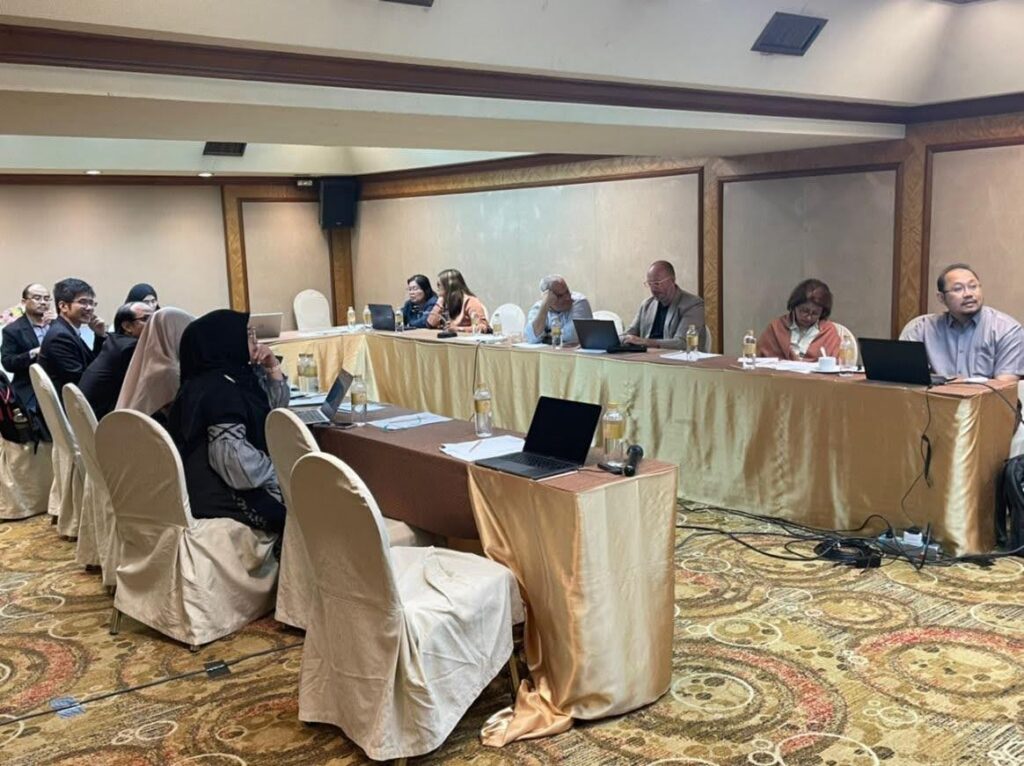The CALOHEA project has made substantial strides in advancing medical education by promoting internationalisation and enhancing the recognition of higher education programs. Through its comprehensive approach, the project has addressed critical needs in medical education across ASEAN countries, benefiting students, faculty members, medical programs, institutions, and national educational frameworks.
The project’s impact on students is multifaceted, enhancing learning and competencies, managing student workload, and providing broader opportunities for mobility and improved assessment methods. For instance, Universiti Sains Malaysia (USM) and Universiti Malaya (UM) have emphasised specific competencies relevant to professional roles and preparation for future roles as junior doctors, while West Visayas State University (WVSU) has mapped primary care physician outcomes. Institutions like Universitas Padjadjaran (UNPAD) and University of Medicine and Pharmacy at Ho Chi Minh City (UMP) have recognised heavy workloads and implemented adjustments to ensure manageable academic demands. Improved assessment and feedback mechanisms, such as the Objective Structured Clinical Examination (OSCE) model procedures developed at UMP, have significantly benefited students. These efforts have led to better preparation for the workplace, improved well-being, reduced stress, and increased motivation among students.
For faculty members, the project has facilitated professional development and capacity building, leading to enhanced teaching practices and curriculum revisions. Hasanuddin University (UNHAS) and USM have adapted teaching methods to focus on specific competencies and authentic assessments. Collaborative efforts across diverse teams have fostered creativity and innovation, providing meaningful insights and skill development. The emphasis on authentic assessments and student workload management has driven curriculum and course revisions, benefiting both faculty and students.
The CALOHEA project has also driven significant changes in medical programs by promoting curriculum and assessment revisions, managing student workloads, enhancing feedback systems, and ensuring that graduates achieve desired program outcomes. Institutions like UNPAD and USM have incorporated metaprofiles and real-world tasks into their curricula, aligning with national standards and improving the overall quality of medical education.
At the institutional level, the project has fostered collaboration and networking, driven curriculum and program evaluation, and promoted the implementation of authentic assessment and student workload management. Institutions have implemented authentic assessment practices and extensive faculty training to adapt to changes and effectively teach competency-based learning. These efforts have enhanced the institutions’ reputation and quality of education, positioning them as leaders in medical education.
At the national and regional levels, the project has aligned with national frameworks and standards, enhancing medical education quality and fostering networking and collaboration. These initiatives have elevated the regional medical education reputation globally, attracting students and faculty worldwide and ensuring consistency and accountability in medical education. The project has also promoted the recognition of medical qualifications, facilitated cross-border collaboration and research, and ensured improved patient care and safety at the national level. The CALOHEA project has the potential to enhance collaboration and networking, improve medical education standards, develop the regional healthcare workforce, facilitate the recognition of medical qualifications, and promote research and mobility.
Academics, students, and higher education institutions are encouraged to explore the comprehensive results and resources developed by the CALOHEA project. For more detailed information, visit the CALOHEA and AUN websites to learn about the innovative strategies and best practices in medical education in the effort to shape future healthcare professionals.

The Medicine SAG CALOHEA team


Discussion among the team members



